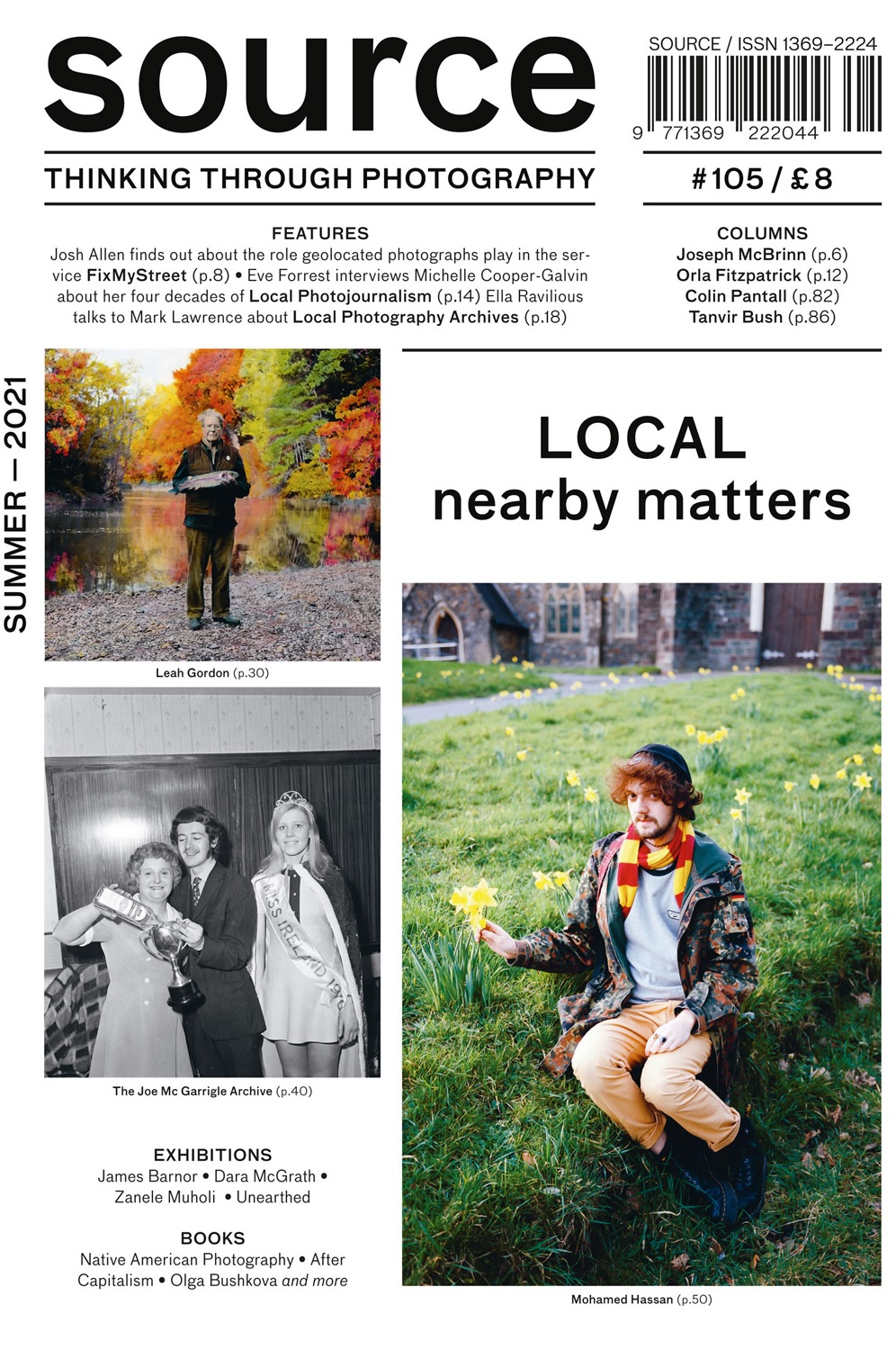
ISBN: 3000000098790

Photographic projects are often described as relating to ‘place’, ‘land’ or ‘community’, each with their own specific dimension. The ‘local’ however has more negative associations, neatly encapsulated by the catchphrase of the deranged shopkeeper from the League of Gentlemen: "This is a local shop for local people; there’s nothing for you here". The local represents the civic function of society – local government, education, reporting, services – and, probably not coincidentally, has been the most severely affected by the rise of social media and the financial crash of 2008. These local functions have always used photography and in this issue we look at local photojournalism, archives and council services. How are they managing with reduced resources and do they continue to have a role or, as the shopkeeper says, is there ‘nothing for you here’?
Originally from Alexandria, Egypt, Mohamed Hassan has been living and working in Pembrokeshire, West Wales since 2007. Over the last two years he has been working on his project Witnessing Wales "documenting people and places from the perspective of an incomer". Hassan’s perspective is informed by a personal experience of "less tolerance of my background with people sometimes behaving very negatively towards me as a fear of Islam and Muslims has grown". Kandace Siobhan Walker who grew up in Wales introduces this series of "expansive observations on identity and community and country".
Artist Leah Gordon and writer Annabel Edwards have collaborated on the project A Remembrance of the Enclosure Act. The project started from a belief that an understanding of the Enclosure Acts is vital to having a critical understanding of the politics that we inhabit now. Enclosures became widespread in the 18th and 19th centuries removing rights of people to rural land they had often used for generations. Gordon and Edwards identified small pockets of common land that still exist and made contact with local people who still had common rights over that land. As well as making portraits of them they also gathered personal and historic stories they knew about the land.
Joe McGarrigle worked as a clerical officer for Ireland’s national bus and transport company. He also worked as a freelance writer and photographer for a number of local newspapers and submitted reports for Radio Éireann and RTÉ. After his death in 1993 his archive of over 5,000 negatives was rediscovered by his son, who would have occasionally accompanied his father on assignment, in the attic of the family home. Son and Grandson are now in the process of scanning and connecting the images with writing sometimes published in the local newspaper, as well as from unpublished notes, interviews and audio recordings. An archive of Super 8 film is yet to be explored. Colin Graham has been talking to them and introduces the work as part of our ongoing look at photographers’ archives. "They represent, I think, a very particular way of seeing the world which recognises, as Patrick Kavanagh once wrote, that we have all 'lived in important places', no matter how local, how parochial such a place may be.
- The Editors -